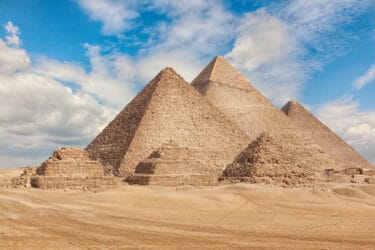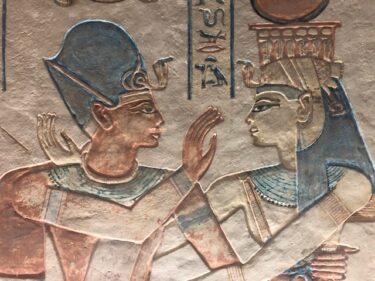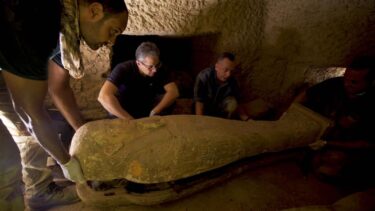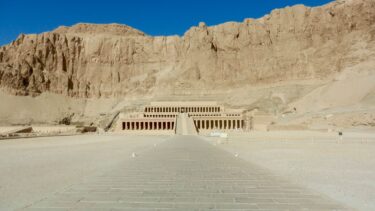It has taken 14 long years, but the major renovation project at Egypt’s ancient Saqqara complex has is finally complete—the famed Djoser step Pyramid is once again open to the public, allowing visitors entry to the 4,700-year-old limestone structure for the first time since 2006.
Following the destructive 5.8-magnitude earthquake that struck Cairo in 1992, the otherwise immovable monument was shaken to the point of near collapse, and was subsequently closed to tourists for over a decade. In 2006, the Egyptian government turned to a UK-based engineering firm to undertake the complicated and delicate project of restoring the pyramid’s structural integrity. Now, following years of painstaking work, tourists can enter the ancient mausoleum from its south entrance, see the burial chambers, and explore the previously sealed tunnels beneath the immense structure.
Making the list for many Egypt tour packages, the Djoser Step Pyramid in Saqqara is one of Egypt’s most invaluable monuments of antiquity. It is the nation’s oldest cut-stone construction, predating the nearby Giza pyramids by about a century—in fact, it predates every other cut-stone structure of its size in the entire world. With its multi-tiered terracing rising 200 feet towards the heavens, it also illustrates a major step in the evolution of monumental design in ancient Egypt, and stands as the first example of the pyramidal construction that subsequently became the much-emulated norm.
Though it is certainly the most dominant feature at Saqqara, Djoser step Pyramid is just one of many stunning archeological ruins that you can experience and explore on an Egypt luxury tour of these ancient royal burial grounds. Let’s take a closer look at the Step Pyramid of Djoser and everything else this vast necropolis has to offer in this comprehensive guide to Saqqara.
The History and Significance of Saqqara, the Renowned Necropolis of Memphis
To get an idea of the importance of Saqqara (sometimes spelled Sakkara or Saccara) as a cultural and archaeological site, we have to travel back about 5000 years, to the turn of the 3rd millennium BC. This is the Early Dynastic Period of Ancient Egypt, when Upper and Lower Egypt were first joined under unified rule. Over the first two dynasties of pharaohs spanning some 400 years, the popular and ruling capital of Thinis, thought to have been somewhere around Abydos, was gradually ceding power to the growing metropolis further north on the Nile: Memphis.
Even as thriving Memphis was established as the new capital of the unified kingdom of Egypt, the lands around Abydos (north of Luxor) and Thinis remained a holy ground for centuries, serving as the center of cults and the venerated home of temples. The royal necropolis for this area, located in the desert west of the major settlements, came to be known as Umm El Qa’ab—“the Mother of Pots”—so named for the many gifts brought to the venerable site over the ages by devout pilgrims. Wealthy families and reverent Egyptians traveled from far and wide to see the resting place of the First and Second Dynasty pharaohs entombed here in Umm El Qa’ab, from king Narmer to Khasekhemwy. Though of relatively simple design compared to those built by future successors, the mud-brick constructions of single-level tombs have nonetheless left their mark in the sands of central Egypt for thousands of years.
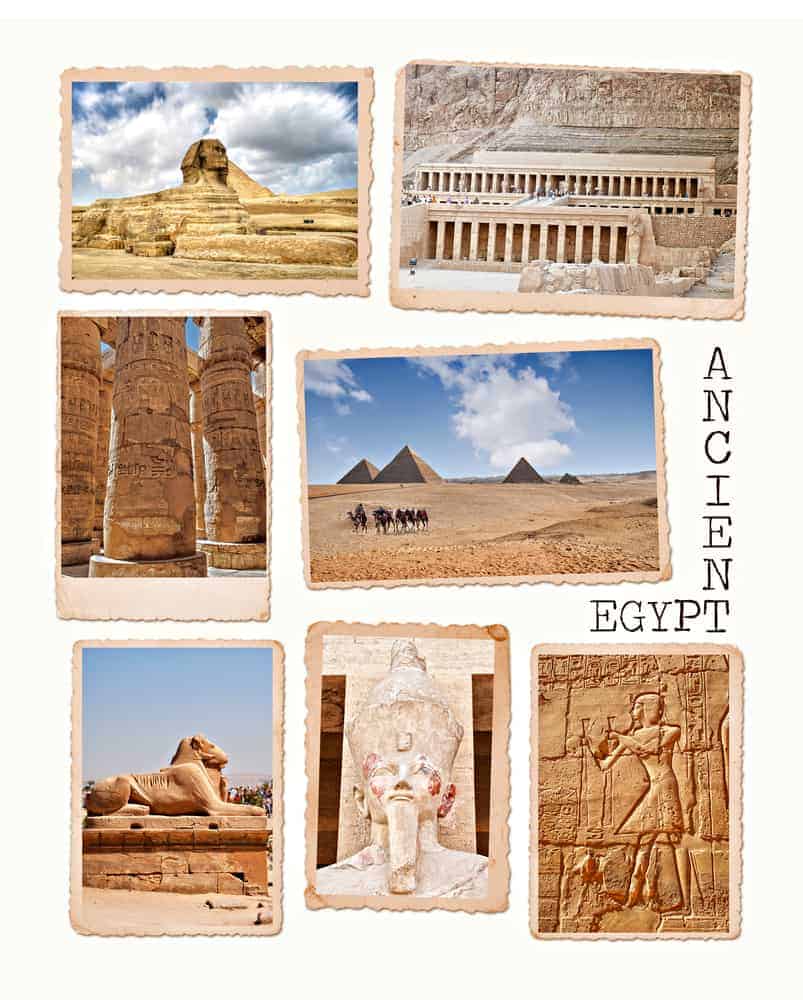
As Memphis rose to prominence, this city of “White Walls” (the meaning of Memphis’ name in antiquity: Inbu-Hedj) also looked westerly into the desert to bury and celebrate its honored dead. Lands from Dahshur to Giza were set aside for use as places of interment, but Saqqara came to be the area reserved for the upper echelon of society. Noble burials at Saqqara date as far back as the First Dynasty, and at least two pharaohs of the Second Dynasty—Nynetjer and either Hotepsekhemwy or Nebra—were entombed here.
Burial constructions at Saqqara from this Early Dynastic Period, whether noble or royal, resembled those from the same time period at Umm El Qa’ab. Subterranean gallery-style tombs were the most common of these, consisting of a main burial chamber with a series of small side rooms. For longer-lived pharaohs or more prestigious nobles, mastabas were constructed above these underground channels—bench-like buildings with gently sloped sides, rectangular and squat, composed of one story of mud-brick walls and occasional elements of hewn limestone.
But come the start of the 3rd dynasty, ancient Egyptian funerary architecture changed forever.
Djoser’s Step Pyramid
As power shifted in ancient Egypt in the mid 27th century BC and rulership passed on from king Khasekhemwy, Djoser inherited the throne to become the first pharaoh of the 3rd dynasty. This transition marked the beginning of a period of great prosperity and wealth for Egypt, and the start of an age now referred to as the Old Kingdom. This time of fortune was well attested by Djoser, who commissioned many monumental works still extant to this day—but none so famous and architecturally significant as his Step Pyramid at Saqqara. It is one of the most famous historical sites in Egypt.
For this immense and unprecedented project—his grand burial monument—Djoser turned to his exulted (and later actually deified) architect Imhotep. Quite literally building upon the mastaba design, Imhotep conceived of a series of stacked mastaba buildings on a square base, growing smaller in scale as they were raised atop one another. The wholly novel and innovative design evoked something representative of a stairway to the heavens—and cut a profile of a nowadays-quite-familiar pyramidal shape.
Adding to the grandeur of the monument, and its millennia-long lifespan as well, Imhotep and Djoser had the structure built almost entirely from cut limestone—not the clay bricks used in nearly everything else up to this point in Egyptian history. The engineering know-how and raw manpower needed to execute a project of this magnitude and composition would have been staggering and theretofore unseen, speaking even now to the power and ambition of pharaoh Djoser. This overall design and process—a pyramid built from cut limestone—was first conceived of and built by Djoser and Imhotep here in Saqqara around 2670 BC, and became the archetype for Egyptian burial monuments for ages after.
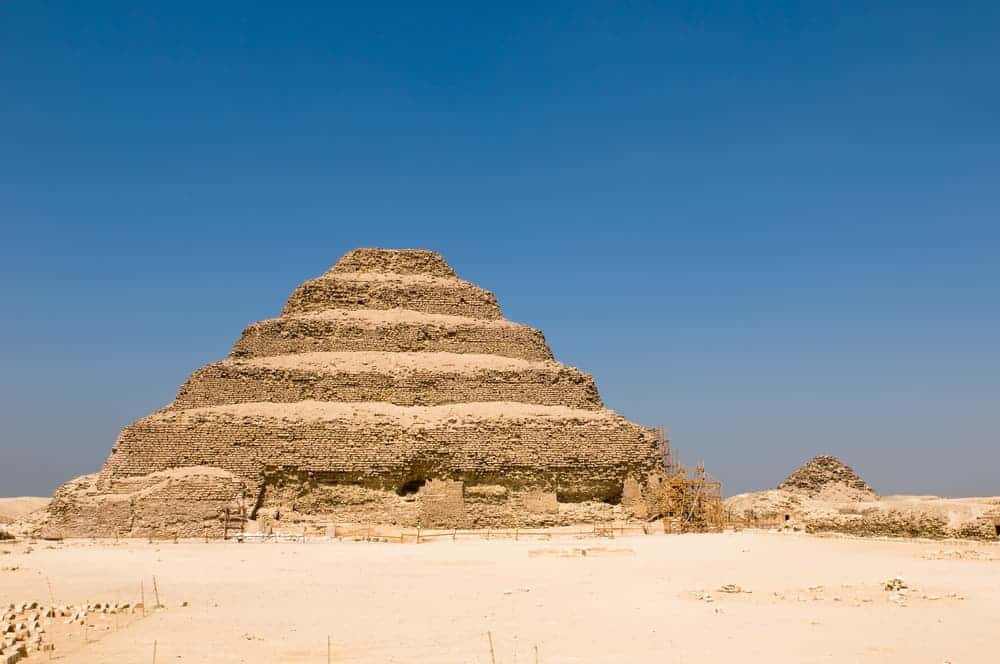
The elaborate work continued below grade, where the body of Djoser was secreted away in his burial chamber. Extensive shafts and tunnels are dug through the bedrock beneath the Step Pyramid, covering over 6 kilometers in total length. Lined with tiles of blue faience or decorated with scenes of the pharaoh participating in the Sed festival, these corridors would serve as the afterlife residence for the king’s soul.
Thousands of years later, the Step Pyramid of Djoser still stands twenty stories tall, towering over the sands of Saqqara and dominating the barren landscape. Now, especially that it has reopened for tourism, you could spend a whole day just at Djoser’s pyramid on an Egypt private tour, exploring the pyramid’s interior passages and subterranean hallways. But large and astounding as it is, there’s still miles of sand in Saqqara to explore, and plenty more secrets to discover.
Pyramid of Unas
Though the reign of the 5th dynasty pharaoh Unas lasted more than thirty years, the Pyramid of Unas is actually the smallest of all the Old Kingdom pyramids—a modest 140 feet or so. Stone scarcity at the time of construction in the 24th century BC may have been a factor, but the ruins of the pyramid and the surrounding complex remain impressive over 4000 years later.
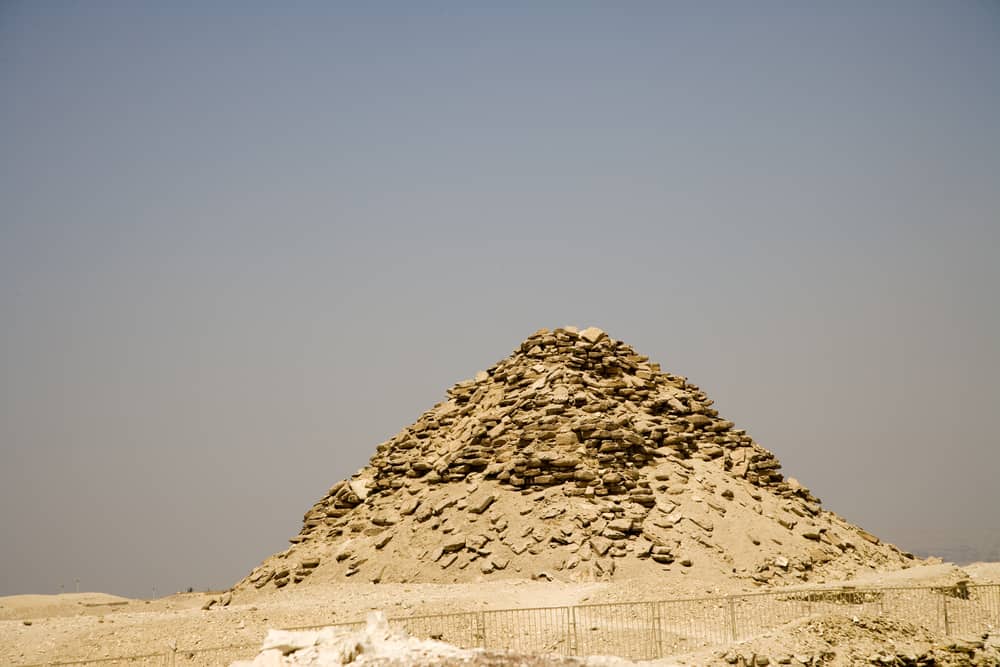
Much of what is left of the main aboveground structure is the rubble core and some structural blocks of cut limestone; on parts of the lower levels, smooth-sided casing stones of white limestone that once covered the entire pyramid remain intact. In the chambers and passages below the ground, however, a true archaeological treasure remains: the earliest and most well preserved inscriptions of the Pyramid Texts—a litany of nearly 300 spells from ancient Egyptian religious tradition.
Pyramid of Teti
The immediate successor and likely son of Unas, Teti was the first pharaoh of the 6th dynasty of ancient Egypt. Though little more than a earthen mound remains of the pyramid proper, the underground network of passageways and rooms beneath the complex is beautifully preserved, and offer a welcome, if tight, respite from the desert sun on an Egypt guided tour.
Here, as in his father’s tomb, the pyramid texts are again etched at length into the walls of Teti’s burial chamber, as well as on the greywacke sarcophagus that lies under a painted ceiling of stars.
Mastaba of Ti
“Ti the Rich” was what the ancient Egyptians called this overseer of the Abu Sir necropolis, and modern visitors to the 5th-dynasty noble’s mortuary mastaba can still verify the truth of that nickname. A life-size statue of Ti greets entrants to his afterlife abode, throughout which incredible scenes of everyday Egyptian life are illustrated in beautiful relief.
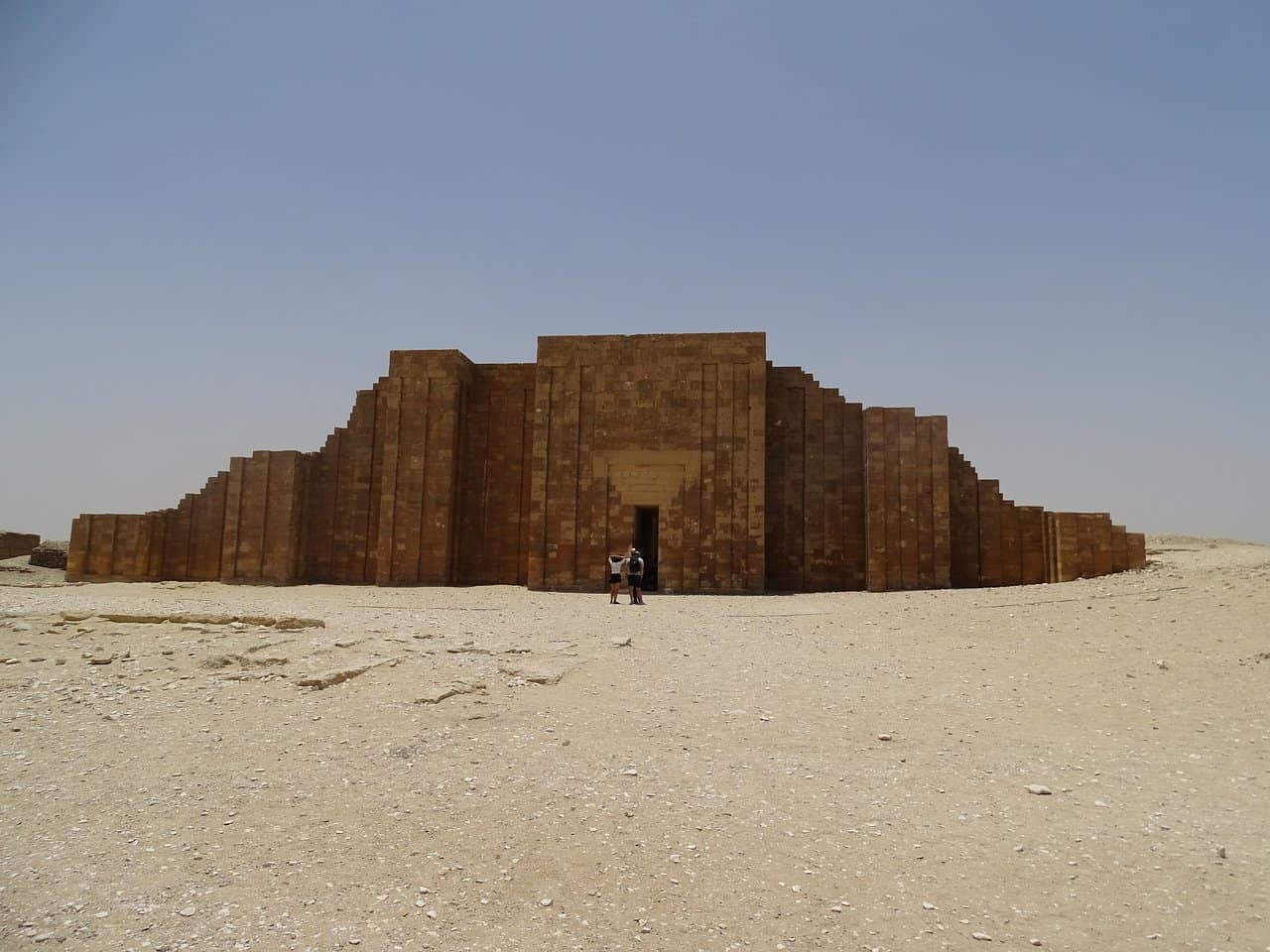
Here on one wall, a group of female villagers dance and sing, while above a doorway, Ti and his wife Neferhetpes ply a boat through a papyrus pond, the wife Neferhetpes was one of the famous Egyptian queens. Men fire furnaces to smelt gold in one image and saw wood for shipbuilding in another, while in an adjoining chamber women are pictured bearing away the harvest from the farms and marshes—the whole of them all the while chitchatting to each other in hieroglyphics, like a comic book panel of stone from four millennia ago.
Mastaba of Mereruka
The most extensive and opulent of any of the noble, non-royal tombs at Saqqara, the mastaba of Mereruka is a veritable mortuary mansion of 33 chambers, ready for exploration on one of our best Egypt tours. As the Vizier to Teti, among other lofty titles, Mereruka was perhaps the second-most powerful man in the 6th-dynasty kingdom, as is well depicted on the numerous wall reliefs.
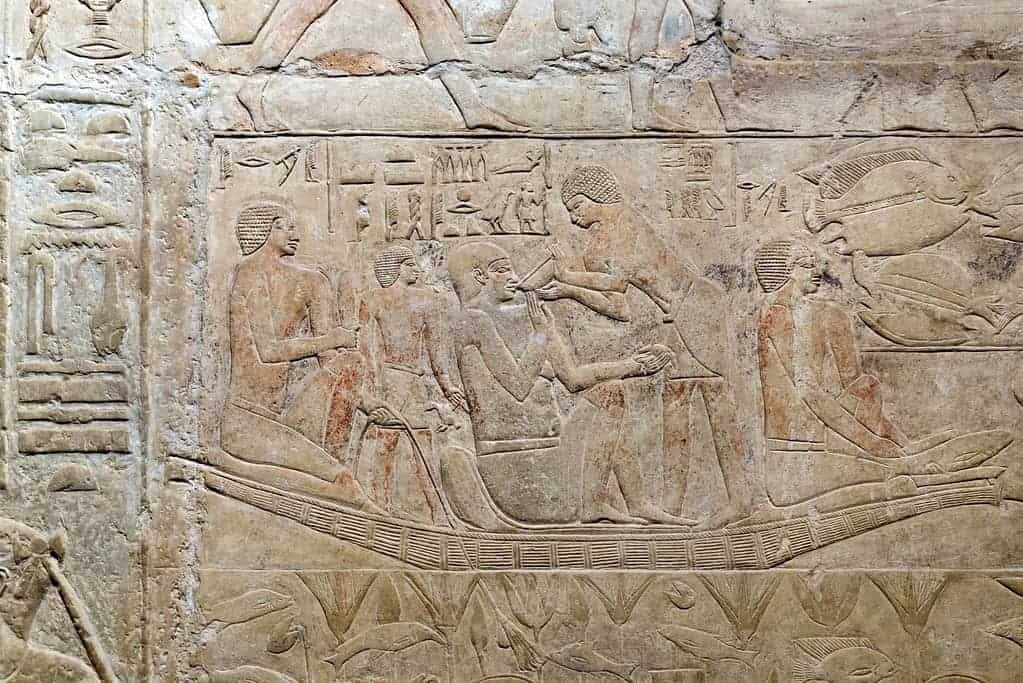
Rooms and more rooms showcase Mereruka overseeing workmen creating pottery or assembling beds, inspecting livestock, hunting and fishing, or riding in comfort with his entourage of servants. In other scenes, his daughter accepts and evaluates deliveries of furniture and other fine goods, while his wife manages workers crafting jewelry. Some rooms are left unadorned—simply storerooms for the excesses of a good life, now long since looted.
The Serapeum
Mined out and constructed in stages over many centuries, the Serapeum of Saqqara was the final resting place for more than 60 of the sacred Apis bulls. As incarnations of the god Ptah, the bulls were worshipped during their life at Memphis, and achieved immortality through ritual sacrifice and mummification.
During Ramesses II’s 13th-century BC reign, his son Khaemweset commissioned a catacomb for the mummified bulls, later named the Lesser Vaults, featuring massive red and black granite sarcophagi. Tourists can walk through these buried hallways, or wander longer in those of the Greater Vaults—excavated some 600 years later by Psamtik I, who dug out a corridor 350 meters long with two dozen side chambers for gargantuan diorite coffins.
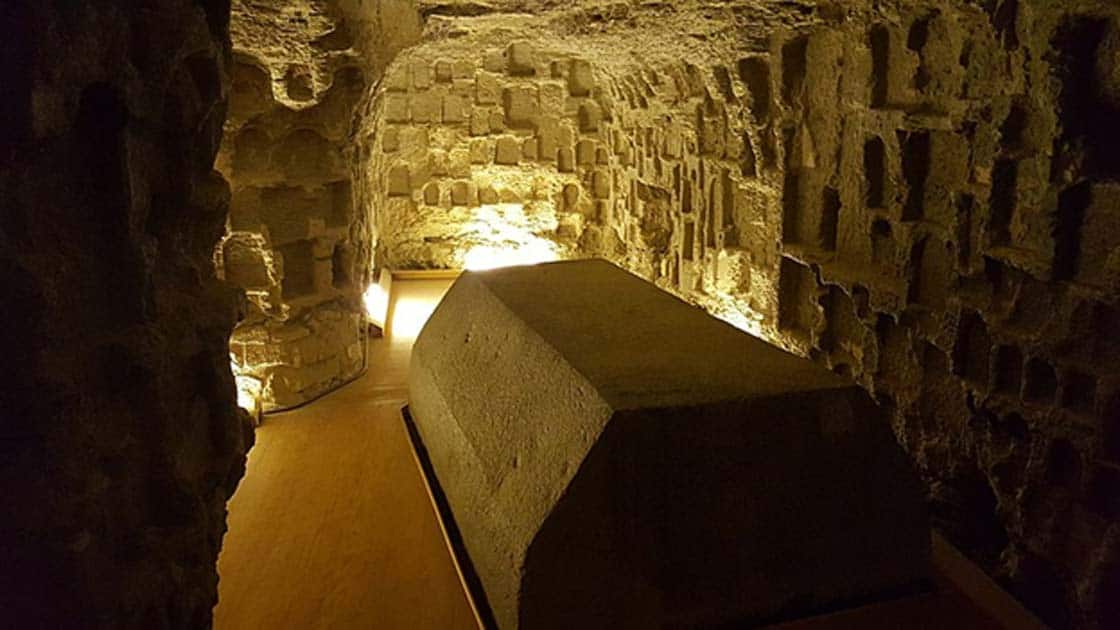
Imhotep Museum
A dramatically more modern inclusion on our list, the Imhotep Museum, which is one of best museums in Egypt at the entrance to the Saqqara complex opened in 2006, and comprises five halls of relics and recovered artifacts from the Saqqara complex. A sixth hall is dedicated to famed French Egyptologist Jean-Philippe Lauer, who spent nearly eight decades of his life unearthing and protecting the historical buildings and invaluable treasures of Saqqara.
A staple on most Egypt tour packages, the museum provides curious tourists with a wonderful overview of the entire necropolis, and is named for the prolific and innovative architect Imhotep. It is also a wonderful break from the sun-baked desert sands—the Imhotep museum is delightfully air-conditioned.
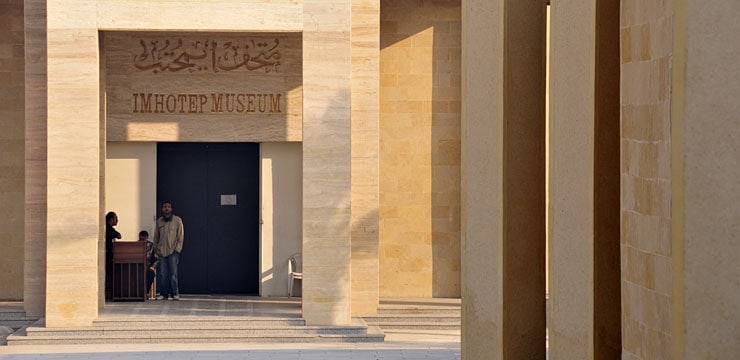
* * *
We can only talk about so many at a time, but the list of sights to see in Saqqara on our best Egypt tours goes on and on. Join us soon for an Egypt-guided tour, and we’ll help you experience timeless Saqqara to your heart’s content. Explore our comprehensive first-timer’s guide to Egypt, filled with insightful tips and recommendations for an unforgettable journey through this captivating destination.
Happy Travels!

